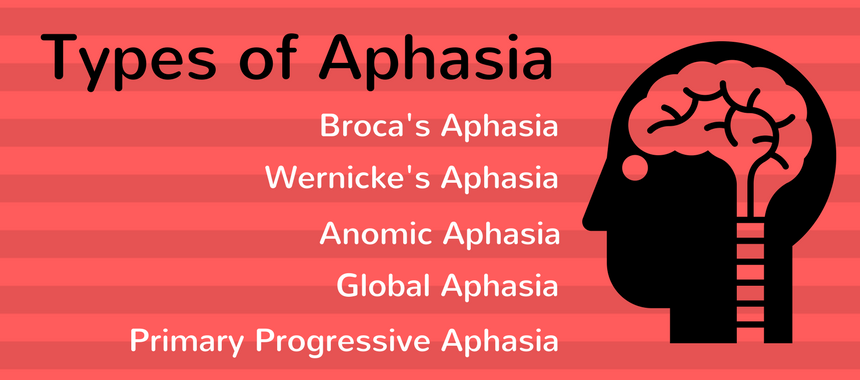
Picture courtesy of 20th Century Fox
For persons under the age of 60, FTD is the most prevalent cause of dementia.
The actor's family declared that he had frontotemporal dementia (FTD), a kind of dementia that most typically arises when nerve cells in the frontal and temporal lobes of the brain decline in number. Mr Willis, 67, previously suffered from aphasia, which forced him to quit from performing. "FTD is a horrible disease that many of us have never heard of and that may affect anyone," the family said in a statement.

There are two types of FTD: primary progressive aphasia, which impairs communication, and behavioural variant frontotemporal dementia, which causes personality and behavioural abnormalities. "It targets the regions of the brain that make us most human," Dr Bruce Miller, a neurology professor at the University of California, San Francisco, said.

According to Susan Dickinson, chief executive of the Association for Frontotemporal Degeneration, FTD is the most prevalent form of dementia in adults under the age of 60. She went on to say that around 50,000 people in the United States have FTD. Yet, due of how difficult it may be to diagnose, many specialists believe that figure is vastly undercounted.

There is no one blood test or biomarker to detect the illness; instead, clinicians identify it based on symptoms and neuroimaging. According to Ms Dickinson, it takes patients an average of more than three years to receive an appropriate diagnosis.

What are the initial symptoms of frontotemporal dementia?
Individuals with primary progressive aphasia may have difficulties speaking in full phrases or comprehending discussions. They may struggle with writing or reading.
According to Dr Ian Grant, an associate professor of neurology at Northwestern University Feinberg School of Medicine, those with the behavioural variety of FTD may act out of character. Relatives will report that patients "appear to have lost a little bit of their filter," he says. Someone who is normally calm and reserved may begin spouting profanities or making loud comments about a stranger's looks. According to Dr Miller, the person may appear lethargic and lose motivation. Some people may also lack empathy for others around them.
Individuals suffering from FTD frequently struggle with organizational abilities, unable to multitask or plan. According to Dr Joel Salinas, clinical assistant professor of neurology at NYU Langone Health, frontotemporal dementia can also appear as excessive gambling or impulsive spending.
Dr Grant explained the unpredictable conduct and bad judgment that sometimes accompany FTD behavioural changes, such as ingesting an entire bottle of maple syrup. "They may be demanding immediate satisfaction with no actual capacity to control it," he added.
In certain situations, people may be misdiagnosed with a psychiatric diagnosis, such as bipolar disorder, because of these symptoms, Dr Grant stated. However, there are a few techniques to tell the difference between a mental disorder and FTD: Frontotemporal dementia often affects people in their 50s and 60s, and it is rare, but not impossible, for someone to acquire a new psychiatric condition at that age if they have no prior history of mental health difficulties, according to him.
A brain scan in a person with FTD can also indicate atrophy or shrinkage in the front of the brain, but such alterations are less frequent in a mental condition.
What is the aetiology (manner of causation of a disease or condition) of frontotemporal dementia?
Genetics are a significant risk factor for FTD, but physicians aren't clear on what causes the condition in the majority of patients, according to Dr Miller. However, even people with a family history of dementia can do things like exercise, engage with others, and keep up with cognitive activities like reading, crossword puzzles, learning a new language, or playing a musical instrument to lower their risk of developing dementia or slow the disease's progression, he said. Yet, there is little proof that any one activity can prevent FTD, according to Ms Dickinson.
What are the FTD treatment options?
Dr. Grant estimates that people with FTD will live for five to seven years following the onset of noticeable symptoms. "But there's a distinction between an illness not having a cure and saying, 'There's nothing we can do," he added.
Those who have problems communicating might benefit from occupational therapy. Speech therapy, according to Dr. Salinas, can also benefit these individuals.
Dani Blum, NyTimes

Add new comment